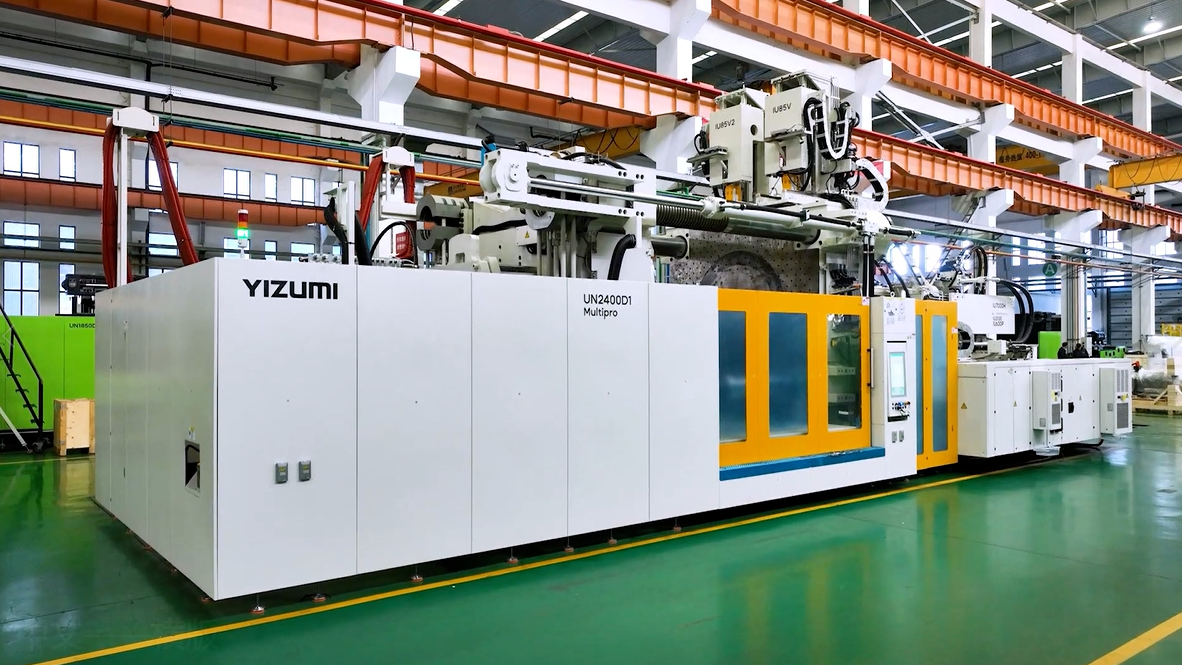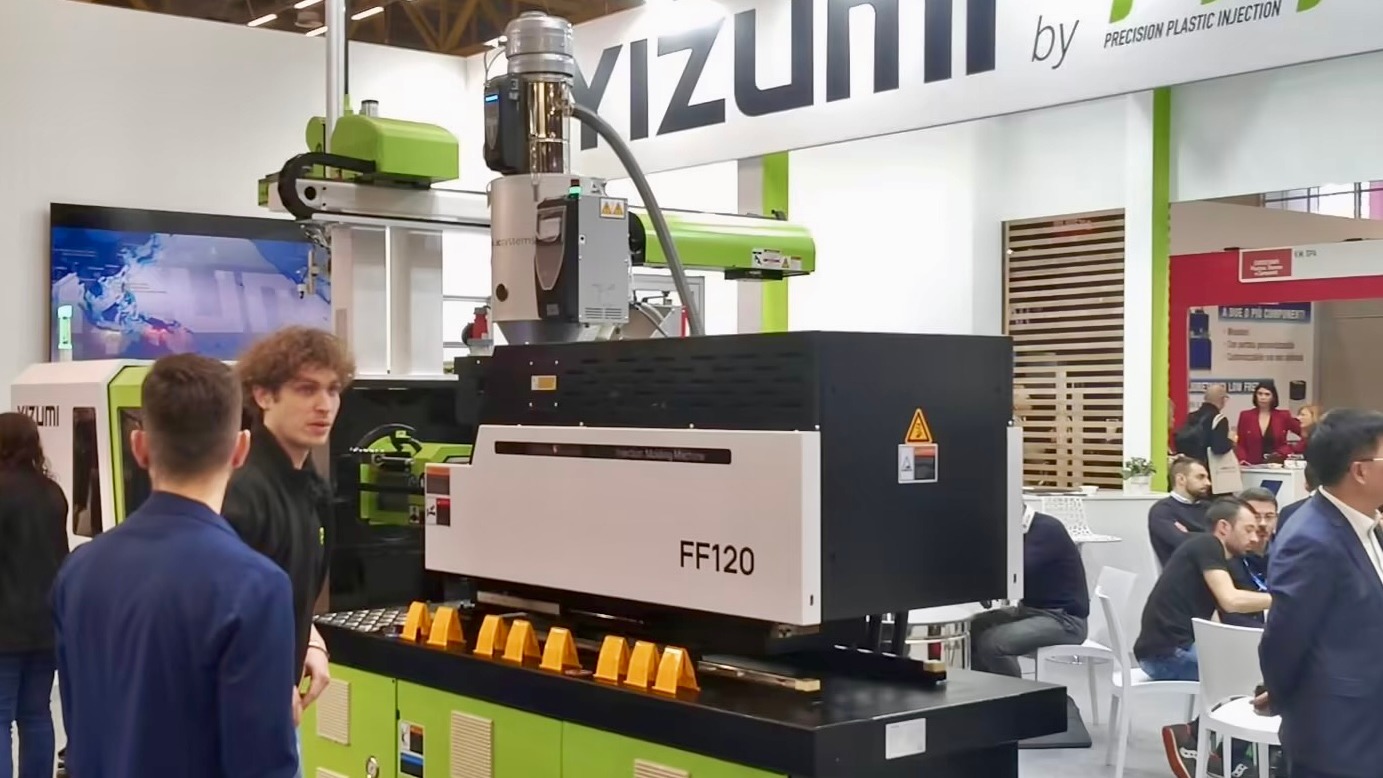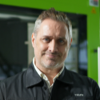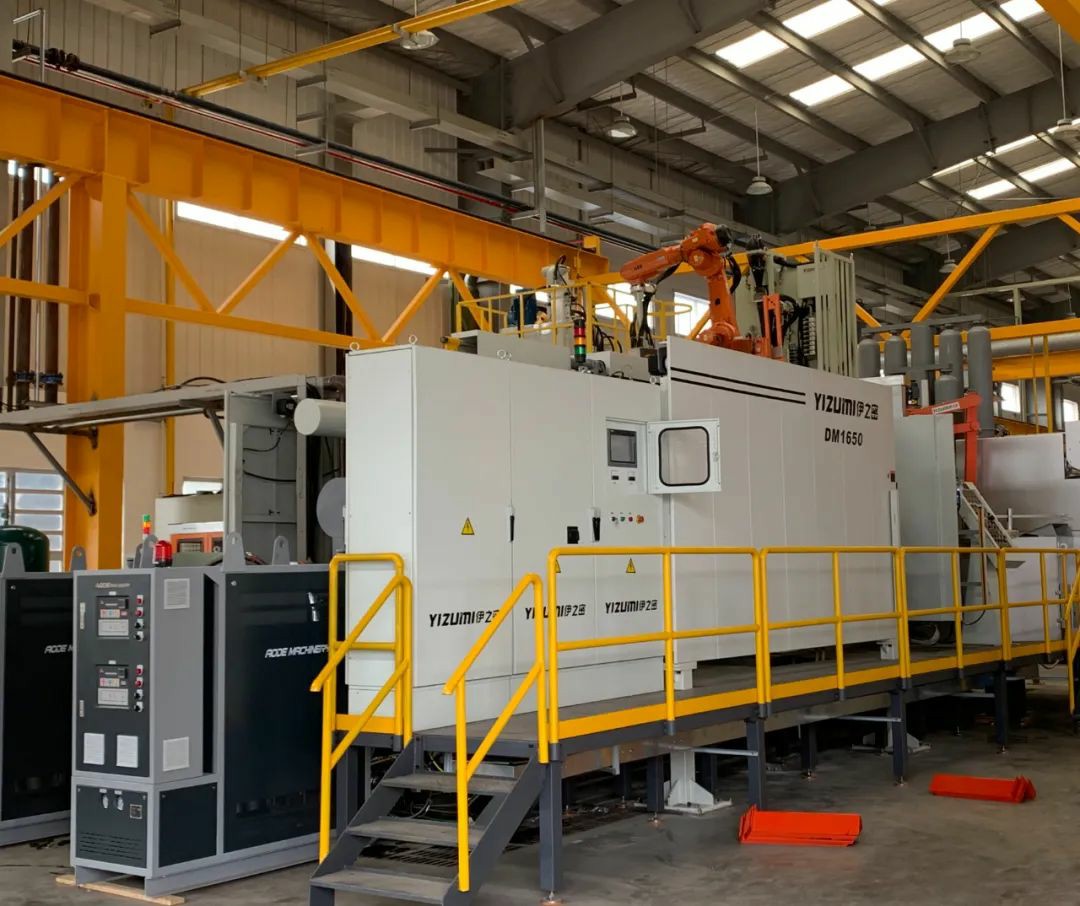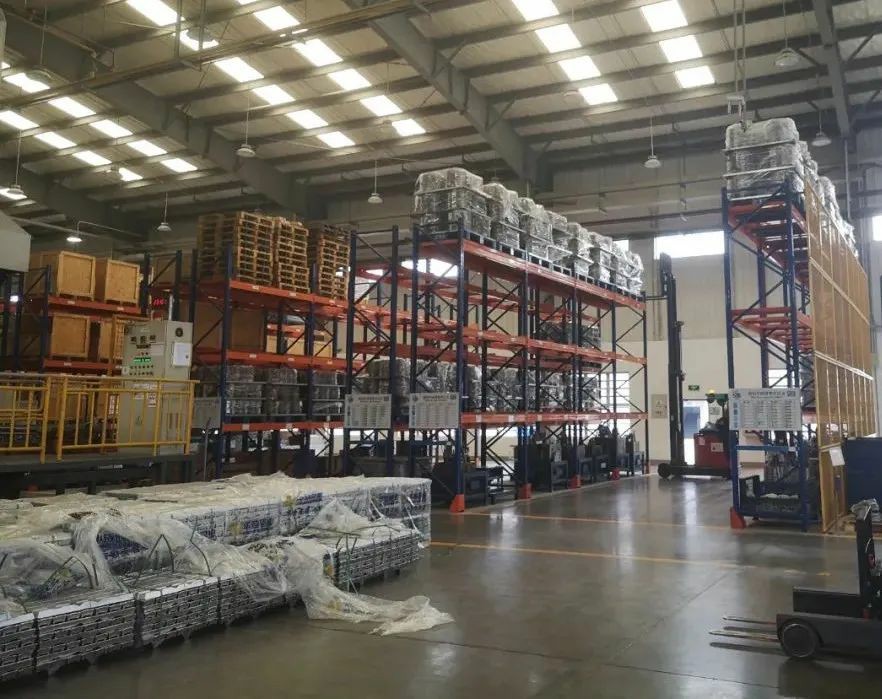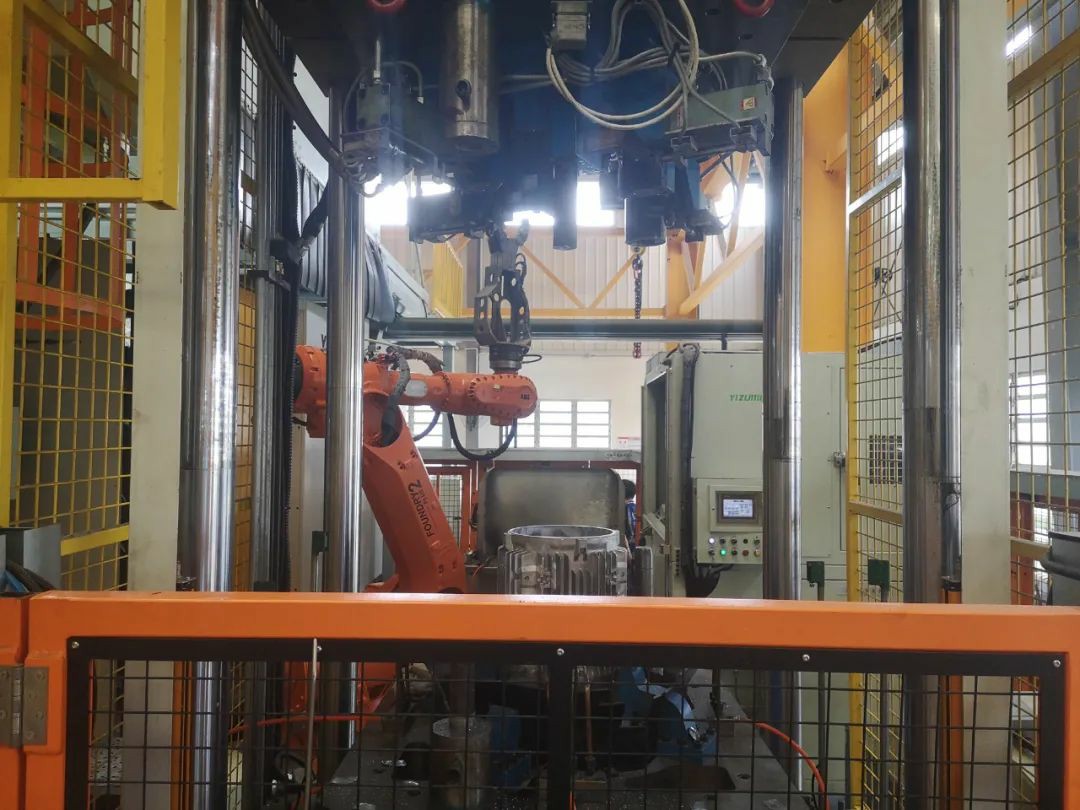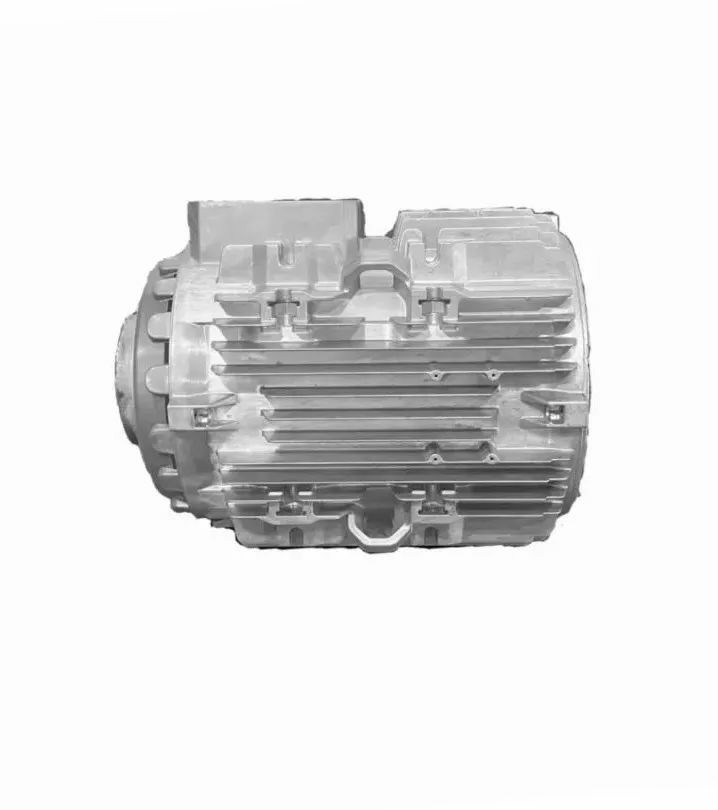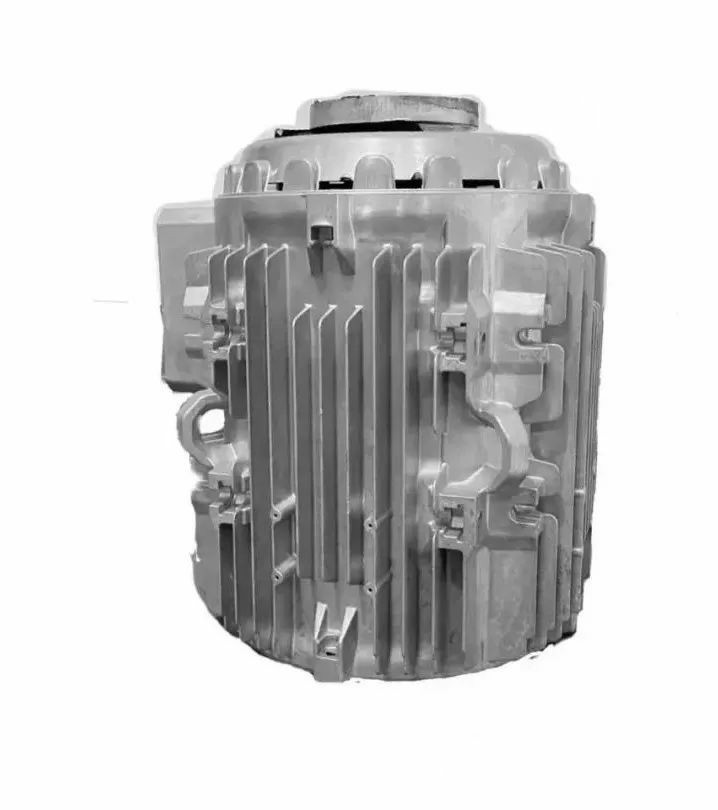Nantong WEG: High efficiency, high standards, and high requirements / Specialized in electric motor industry
Abstract:
Nantong WEG: High efficiency, high standards, and high requirements / Specialized in electric motor industry
Challenge 1
The molds for motor housings require deep cavities as the surface of the housings is covered with heat radiation fins. The spraying distance of the flat spray nozzle cannot meet the demand of spraying inside the cavity. In addition, as the space between the mold center cavity and outer cavities is limited, it creates a great challenge for the design of the profiling spray nozzle.
YIZUMI has designed a special profiling spraying nozzle for motor housings, which extends the water-vapor mixing spray nozzle of the atomizer through a double-layer pipe, allowing the spraying outlet of the release agent to directly enter the cavity for spraying. This approach effectively improves the spray efficiency and quality, ensuring the spray effect in the mold and avoiding product defects due to uneven spraying.
Challenge 2
The characteristics of the deep cavity motor housings also pose a challenge to the design of the extractor gripper. Due to the length of the product and the thickness of the mold, the space available for grippers is very limited. If only one gripper was needed to extract the product and place it on the conveyor, the space would be sufficient. However, in addition to the product extraction, this die-casting cell also needs to cut the ingate system and trim the overflows, which requires the extraction robot to be equipped with a dual function (biscuit/part) gripper to extract and place the product in the hydraulic press after ingate cut.
Challenge 3
The diameter of a large motor housing can exceed 300mm. The commonly used disk saw will need custom-made over-sized saw blades to handle the job. This poses a great challenge to the positioning accuracy of the tooling, the difficulty of adjustment, and the stability of cutting.
In order to cope with the fierce market competition, WEG invested CNY 35 million to further optimize and adjust its internal production structure and capacity in February 2020. The company continues to expand the production capacity by adding 125 units of equipment including painting lines and aluminum motor housing press assembly lines at the plant under construction as well as making adjustments to the environmental protection facilities. Upon the completion of the project, the plant will increase its annual production capacity of high/low voltage industrial motors by 300,000 units, raising the total annual output of the whole plant to 1 million units.


